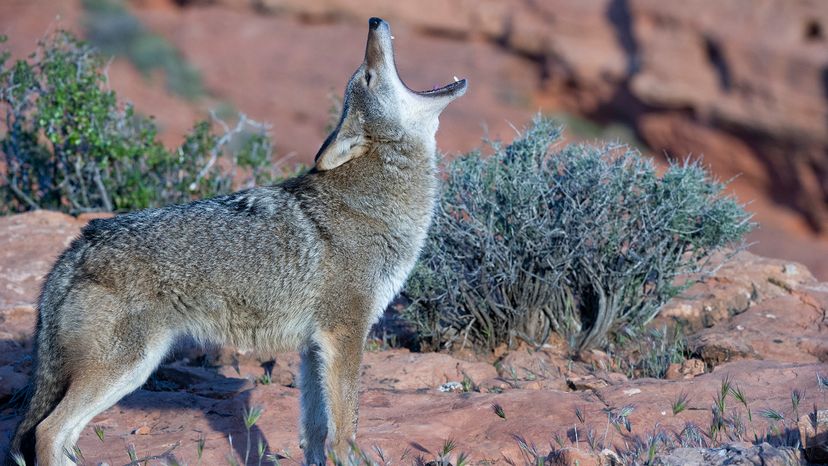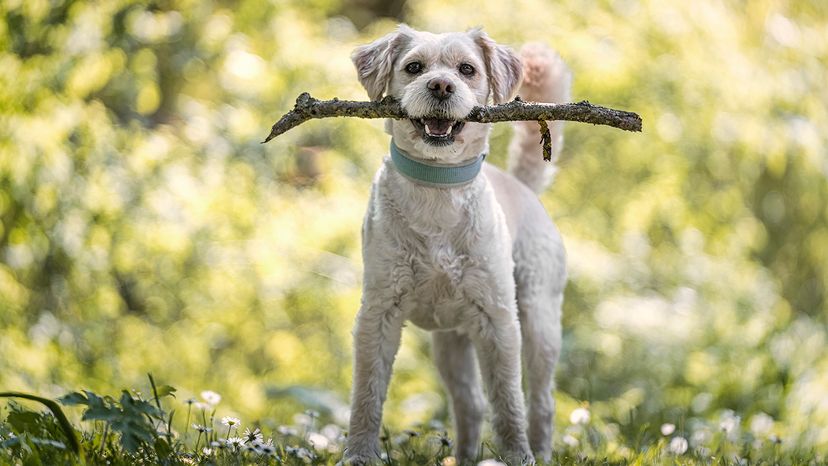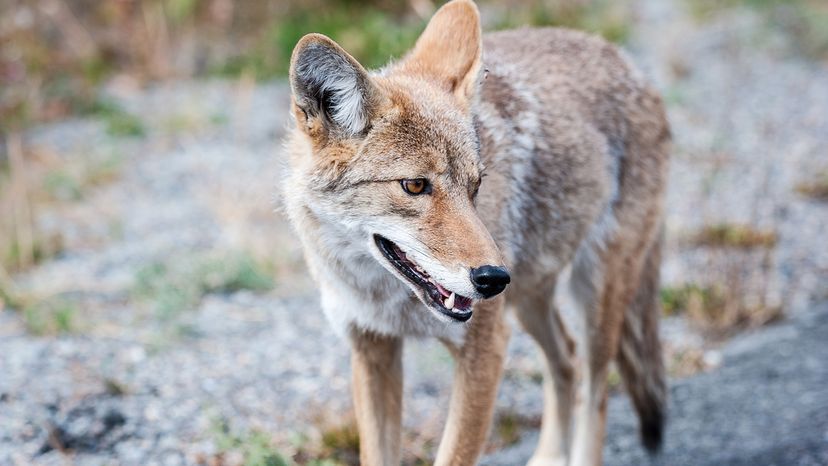
At first glance, it might be hard to tell the difference in a coyote vs. dog comparison. But these two canines — while closely related — lead very different lives. From behavior to body shape, learning how to distinguish them helps pet owners and nature watchers alike.
Both coyotes and domestic dogs belong to the Canidae family (which includes wolves and foxes) but domestication and evolution have created some key splits.
Advertisement
Knowing these physical differences, habits and behaviors can help determine what’s roaming near your yard or leaving tracks on a walk.

